Panama Scouting
I spent about two and one half weeks in Panama. From Panama City to the Bocas del Toro area. I stayed on the YWAM Panama City base when I arrived and then stayed on the YWAM Bocas base on Isla Bastimentos for the majority of my trip, then stayed at the home of David & Cerrita (our new found friends) in Panama city the day before I left. I learned so much about Panama and the people of Pamama.
The strongholds of the enemy are great, as they are in many places in the world and Panama is no exception. My time in Panama City was sobering, I met with quite a few people my first day there, and each one of them, separately warned me not to take my young family to the Bocas area. They told me of many murders, sexual immorality, drugs, animism, which doctors, and evil “traditional” practices. Most spoke of the indigenous as worthless dogs and liars. My heart was both broken for them and scared for my family. Needless to say, I had some trouble sleeping that first night after hearing all of those things.
The next day I flew to Bocas town in a smaller plane, 50 passenger to a small but cute airport. I took a 2 minute taxi ride with a surfer visiting from the US, as soon as the driver took off he offered us sex, cocaine and weed, he said Bocas has everything we need. I wondered if Bocas had Christ? I took a water taxi from the dock about 30 minutes to the YWAM base on Isla Bastimentos. I hiked the 100 steps up to the house and we greeted by two pleasant couples, Kim & Dale, and Terry & Liz. We ate breakfast together and I shared “my story”.
As soon as I was finished, Tyson, my boat ride arrived to take me over to see Bram’s property. Tyson was a guy from the US who left the rat race about six years ago to live and work in the Bocas area. He married a local and has a new baby. He’s a nice guy and toured me all around Bram’s property. Now when I say toured, what I should say is, I tried to keep up with Tyson and Arturo, through the mud of the cattle trails, up the steep hillsides and back down again. In fact I totally destroyed my sandals in the process.
As I walked the property I was struck at how close the indigenous were. There is a family village on one side of the property and one on the other side. This property is amongst the people whom we may be called to. The poorest of the poor in Panama, the lowest caste, considered worthless by so many. The ones whom Christ has called us to love.
After visiting the property I went with Tyson to see his father-in-law, Danny’s, property on the mainland but only accessible by boat. The 8-acre property was beautiful, groomed, covered in fruit baring trees, nice views, a constant breeze to keep the chitras (sand fleas / no-see-ums) away, and a cute little one bedroom cabin that is solar powered and has a rainwater catchment system. Danny has lived in the area about six years with his wife, they are selling due to the shock of being friends with another couple there that ended up getting caught after murdering multiple families and stealing their properties. This realization that they didn’t suspect a thing was too much for them, so they are headed back to the US.
While walking Danny’s property with Kim I stepped on what appeared to be solid ground but sunk into the quick sand / mud up to my hip. Crazy! Kim could hardly take the picture she was laughing so hard. 😉
The next week I spent visiting Bocas town, finding out what can be purchased there, cost of living, visa questions, looking at a ton of properties and meeting many people. This area is a melting pot of different people groups, Panamanian, Indigenous, Jewish, Afro-Caribbean, Ex-pats, and Chinese. Most of the stores are run by the Chinese, they are 7/11 sized stores jam packed with things you would find at the grocery store, hardware store and appliance store. Many of the items they just have one of, one microwave, one generator, etc. There are something like 19 stores and you usually have to go to 4 or 7 of them to complete your shopping needs.
People are very friendly, non-violent and very relationship driven. I really enjoyed attempting to talk with people in Spanish and many did speak English along with Mandarin and other languages. Things are laid back, no rushing around, and its all about who you know. No craigslist or classifieds here, its about this guy knowing this guy that knows this friend that has something for sale. Although the gringos do use craigslist.
On Isla Bastimentos the majority of the island is protected land, like a reservation of sorts for the indigenous. There are many indigenous that live on this island, from what I hear at least 1,500 Ngöbe-Buglé. In Panama the Ngöbe-Buglé are one of seven tribes, there are about 128,000 of them total. They are the only tribe the Spanish was unable to conquer during their reign here.
There is much malnutrition, poverty, sickness and injuries. I saw, in one visit, two young boys with fairly good sized gashes in their feet from machete accidents. The machete is their main tool, some of them also use a chainsaw. They are true craftsman who can cut down a tree and cut beautiful straight dimensional lumber out of it. The main language of the Ngöbe-Buglé (no-bay boog-ley) is Ngöbe (no-bay), their heart language, there is also a large portion of the Ngöbe that speak Spanish as their trade language, but using Spanish to speak about spiritual things would be foreign to them.
This area of the world is still fairly untouched, wild jungles filled with sloths, monkeys, snakes, frogs and every bug known to man only 10 times the normal size. The water turns from an amazing transparent green to aquamarine to sky blue to deep blue, filled with coral, sand and mangrove. In many places you can just stop the boat, snorkel and see some amazing creatures, from dolphins to starfish. There is some debate as to why there is not many edible fish in the area, the most likely cause is pesticide runoff from the Dole farms, responsible for not only environmental damage but also damage to the culture. At one point they employed 90% of the population on Isla Bastimentos, then in the next moment they fired all of them, leaving the population with little to no skills due to generations of dependance on the farms. Most live in difficult conditions, eating purchased rice and beans all meals of the day, working for minimum wage when they can which is $1.75 / hour.
The Ngöbe-Buglé in this area have never really been a farming group of people, they have always been hunter gatherers so the ideas of planting crops and planning for the future is very foreign to them. There are issues with parasites and other water borne illness mainly due to a lack of knowledge of these things. Marriage is very rare within the Ngöbe. Number one it is expensive in Panama to get a marriage license and number two, well this has not been a custom. The children generally stay with the mothers and the men tend to stay with, well, women. Not all men are like this but many are. Selling children is still a practice and up until recently when a young girl reaches womanhood, age 13, she is available for the men in the village. Animism is prevalent, witch-doctors are present and other horrible practices still exist today such as burying infants with deformities or disabilities in order to please the gods.
All of this is not said to tear them down or to make the situation appear to be hopeless, all of this is said to prove that there is a need for Christ. Christ is the answer to all of their problems. Through love, relationships need to be built, education and information shared from both sides, and hearts turned towards the Creator. What would God send us to a place where there was no need? Exactly, He sends those who are willing to places there is a need.
When I think of the people, especially the children, I have a deep love for them, for the next generation to be raised knowing, loving and serving Christ. Pulled from poverty, preserving the good things of their culture and leaving the evil things behind.

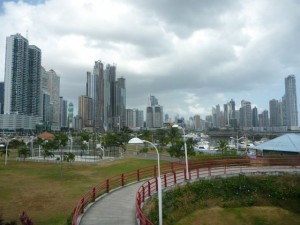
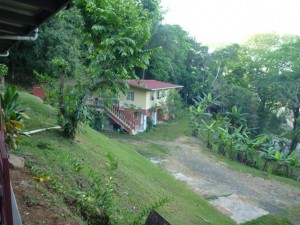
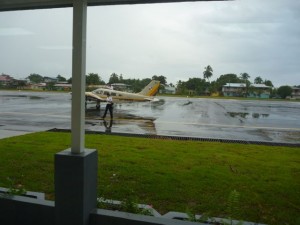
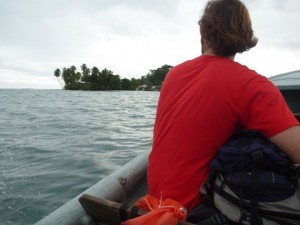
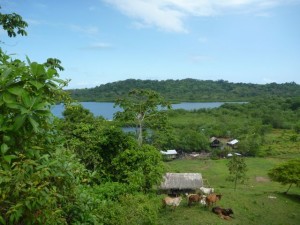
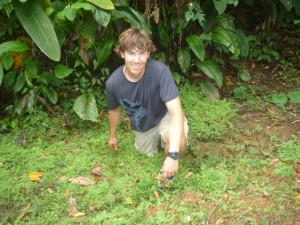
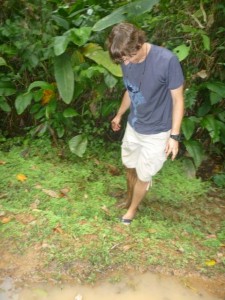
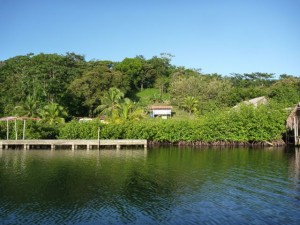
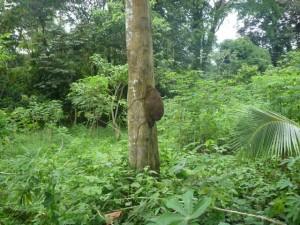
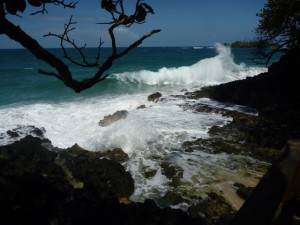
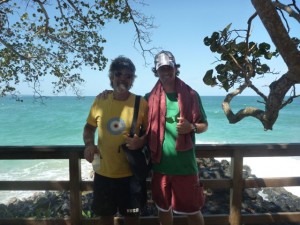
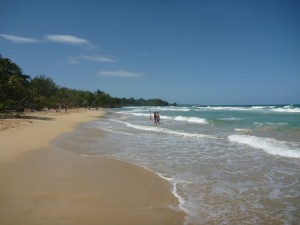
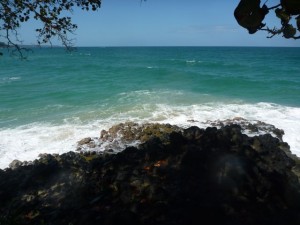
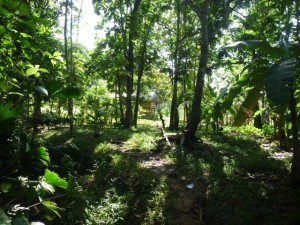
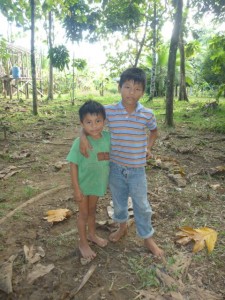
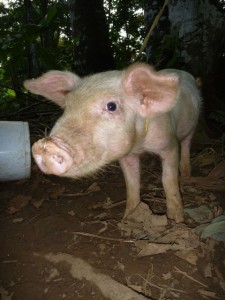
Recent Comments